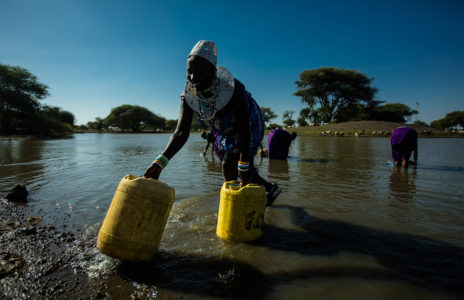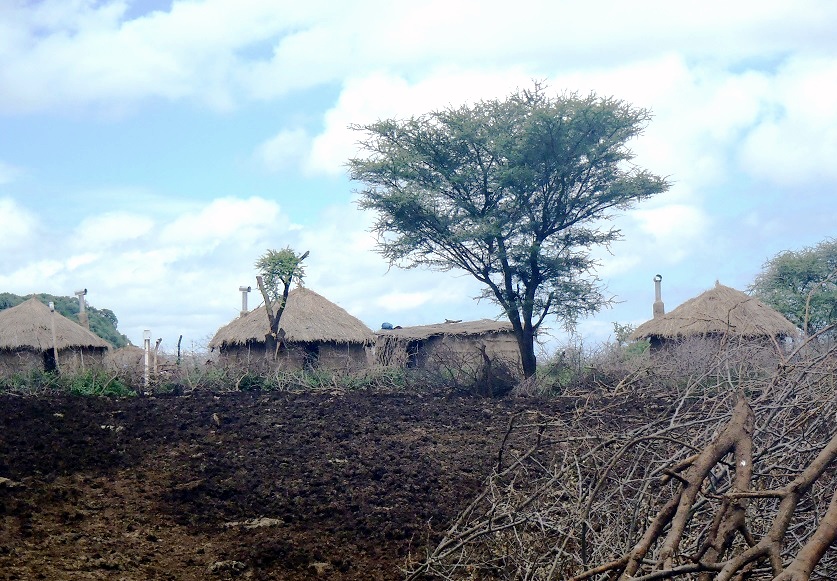Finding innovative water treatment for clean water, especially for the rural poor, is not the challenge in front of us.
Instead, we’re exploring ways to adapt very inexpensive and effective water sanitation methods used all over the world. We are demonstrating the effecteffectiveness of these approaches to clean water for and with the Maasai. We’ve already completed three highly successful pilot projects.
Important reasons for using chemical treatment to achieve clean water
The most important reasons for using chemical treatment for clean water are simplicity, avoidance of possible mechanical or other system failure, and high volume needs.
And perhaps most important of all, in the Maasai home environment, where water is disinfected by methods that do not leave germicides behind, there is an extremely high likelihood of reinfection. However, when chemicals are used well, they eliminate this concern.
Easy access to water treatment supplies
A simple but effective chemical treatment system requires no machines or equipment, and their associated complicated maintenance needs. Our water treatment system requires tanks, readily available for purchase in the region. Two 1000-litre tanks and six 200-litre tanks can serve the water volume needs for 100 women and their families.
First, the settling tanks
The women using this service bring the polluted water that they would have previously carried home, and instead, empty it into one of our 200-litre tanks. When the tank is full, the operators then add the right amount of alum. That tank is left for 24 hours so that the silt and organic matter can settle to the bottom. The sludge at the bottom of these tanks is poured out periodically and discarded or set aside to be used as fertilizer. In fact, in the village of Naiti, the people have chosen to have a vegetable garden right next to the water system. 
Next, the treatment tank
At any time, the operators can move a measured amount of water, using a standardized bucket, from the settling tanks to the treatment tank. Whenever they add water to the treatment tank they add the correct dose of concentrated calcium hypochlorite solution. This means that water in the treatment tank is always correctly treated for disinfection.
Clean water at all times
As long as the water has been in the treatment tank for at least a half hour, it can be moved to the storage tank by gravity flow. The water in the storage tank is clean at all times, and ready to be taken by the people using the service. The process is easy to maintain. Whenever water is brought, treatment can begin. Whenever water is wanted it will be there in the storage tank.
Training, quality control, and economic opportunity
We have built three of these systems in bomas, each with a different water-gathering location. We monitor chlorine levels, pH, and bacteria counts in treated water, to make sure the water is safe and healthy to drink.
Each water treatment system is located centrally for each group of about ten bomas. Four women do the water treatment as their business. The ICSEE helps them with training and monitors their work.
At the onset, each Maasai household will pay about $1.50 a month for their safe water. Most of this money goes to support the salaries of the women operating the sanitation system.



 International Collaborative for Science, Education, and the Environment
International Collaborative for Science, Education, and the Environment